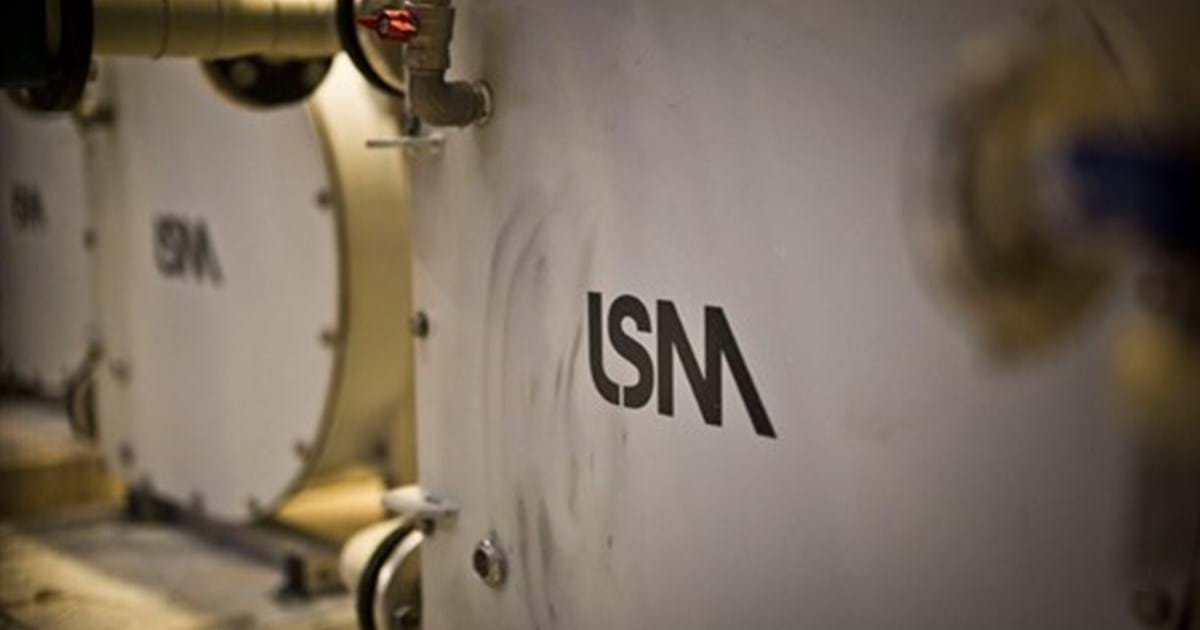LSM Pumps have many years of experience producing for different agricultures within the Agri industry, and as something new, we have started supplying pumps for biogas plants, where we pump biomass within the plant.
Biomass is a sustained organic material such as agriculture crops or city waste and industrial waste, also by-products from production of food or grease.
Examples of raw biomass from agriculture:
- Fertilizer with fodder waste, such as cut straw or fibre
- Organic fertilizer from wastewater treatment plants
- Silage, corn, or sugar beets
- Harvested by-products such as straw, fruit- and vegetable waste
- Organic waste, meat or grease from slaughter plants
All these different mediums are pumped from their container into a tank, where heat is added to accelerate the process of producing the necessary bacteria. While heat is added the biomass ferments for a while. Here the biomass will release gasses, which rises to the top of the plant and enters a tube to a container of the biogas. Afterwards, the biogas can be sold to heating plants, who can burn the gasses to create heat, which they can then sell to the citizens in the community.
The remaining biomass, called degassed biomass, sinks to the bottom where it runs into a different tank, and it can hereafter be used on fields if liquid as biogas fertilizer.
In this process LSM hose pumps are used to pump the raw biomass into the large tank where the process of fermentation take place. At larger plants the farm owner usually has different tanks with different types of raw biomass substances. Here it would be beneficial to invest in a LSM pump, which can be connected to the different tanks, where it can pump the raw biomass into the large tank where the process is.
Most traditional designs of pumps have difficulty managing biomasses, because is usually contains high amounts of sand or another solid material, such as vegetation waste, straw or the like, which has the tendency of clogging the hose when the direction of the flow is changed.
LSM Pumps runs by another principle – peristalsis, which can be compared by ”squeezing toothpaste out of the tube.” It is the same principle, which therefore allows fish being pumped without being squashed.




























